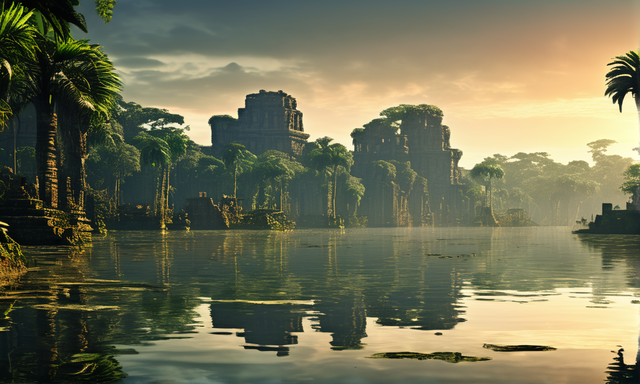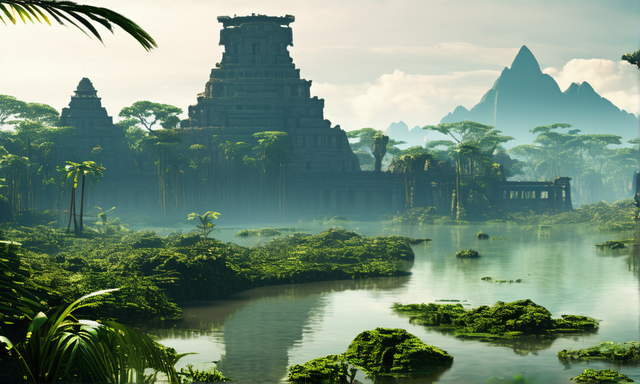The lost city Z of the Amazon
The lost city Z of the Amazon

The Amazon is a topic that has created many legends, it has motivated epic expeditions such as that of Francisco de Orellana in search of El Dorado, by the way, a clarification: the river is named Amazon after the warriors of Greek mythology, since Orellana and Theirs were attacked by ferocious warrior women, there are many here who often say that they were actually long-haired indigenous people and that they were mistaken for women.

Souce View of what the largest settlement of the Kuhikugu culture looked like
Orellana did not find El Dorado, although in very large towns there are more stories about lost cities. In the 20th century, the search for the lost city of Z became famous, which is the name given by Percy Fawcett, a British surveyor to an indigenous city that he believed that existed in the Amazon rainforest, specifically in the state of Mato Grosso in Brazil, their belief was based on a document known as manuscript 512 kept in the National Library of Brazil that is believed to have been written by the Portuguese explorer João da Silva Guimarães, according to that document, a group of Portuguese discovered the ruins of an ancient city and described it in great detail without giving its location.

Years after the discovery of Kuhikugu, searching for lost cities in the Amazon was once again forgotten, but with new technologies they are shedding light on an astonishing reality about the past of the Amazon, Kuhikugu may only be the tip of the iceberg, but of course it must be To clarify one thing, looking for ruins in the jungle is very complicated, in a desert you can walk openly without problems and see into the distance, you can see hundreds of meters or even kilometers away a set of suspicious stones that lead you to a site archaeological, but in the jungle from 2 meters away you only see trees and undergrowth, progress is very slow and it is very difficult to identify suspicious characteristics of the terrain.
Thank you for visiting my blog. If you like posts about #science, #planet, #politics, #rights #crypto, #traveling and discovering secrets and beauties of the #universe, feel free to Follow me as these are the topics I write about the most. Have a wonderful day and stay on this great platform :) :)
! The truth will set us free and science is the one that is closest to the truth!
0
0
0.000
0 comments